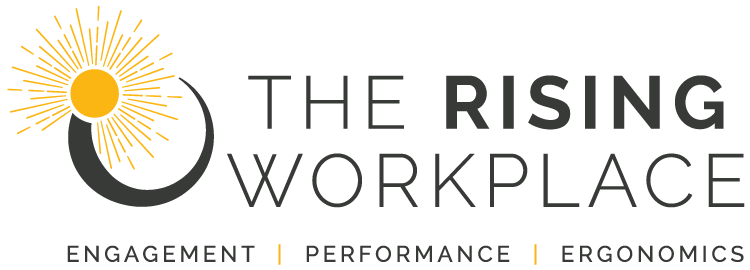Neurodiversity: Quick Tips for a More Inclusive Workplace
Neurodivergence (noun): any variation from “baseline” brain functioning.
Neurodiversity (noun): the range of differences in individual brain function and behavioral traits, regarded as part of normal variation in the human population.
Disability (noun) : the misalignment between environment and individual needs.
The workspace in the United States is currently designed for neurotypical extroverts. Eighty-five to ninety percent of those that are neurodivergent are not aware that they are, and 20% of the workforce consists of those that are neurodiverse. In addition, everyone, at one point or another, experiences misalignment in their environment and their functioning. Here are some tips for ways that leaders and managers can make changes to support their employees.
Neurodivergence can include:
Autism spectrum disorder (this includes what was once known as Asperger’s syndrome)
Attention-deficit hyperactivity disorder (ADHD)
Down syndrome
Dyscalculia (difficulty with math)
Dysgraphia (difficulty with writing)
Dyslexia (difficulty with reading)
Dyspraxia (difficulty with coordination)
Intellectual disabilities
Prader-Willi syndrome
Sensory processing disorders
Social anxiety (a specific type of anxiety disorder)
Tourette syndrome
Williams syndrome
Mental health conditions like
bipolar disorder
obsessive-compulsive disorder
Post traumatic stress disorder (PTSD)
Insomnia
Many others
How Leaders Can Adjust for a More Accessible Workplace
#1. Get Informed-Get Curious
Send managers and leaders to webinars or seminars to learn more about how neurodiversity interacts with the workplace.
Many workplaces are required to provide accessibility for mobility or visual impairments under ADA Title I, but accommodations for the neurodiverse are less recognized or understood.
#2. How to Identify Needs
Not all people are the same. Asking your employees directly about neurodivergence is also potentially ostracizing. It has also been shown that people struggle to understand neurological needs when asked, but are able to identify them when given options. Rather than assuming, send out anonymous surveys with general language about office space improvements. Include everyone in the design phase! Much like at a restaurant, provide options (booth, high top, community table). These choices give autonomy and tell us more about how each individual operates best.
“How can we improve our office”
“Could we benefit from a silent work space room?”
“Would you be interested in a separate group work space?”
“How do you feel about the office lighting?”
#3. Implementation- Make Micro Changes with Everyone in Mind
Quiet areas/silent workspace options
Reserving a room in the office for completely silent work for those with sensitivity to sound
Switch out fluorescent bulbs
Warm and soft white bulbs reduce sensitivity symptoms
Adopt task lighting
Lighting controlled by the user at each space, rather than communal overhead lighting.
Flexible workspaces
Provide choice of a permanent desk space or open choice daily desk space
Open workspaces can be distracting, provide alternatives to all employees
Help avoid sensory overload
Removes a barrier for productivity
Allow work from home when possible
Things to Avoid:
Avoid stigmatizing language like “spaz” or “crazy” in everyday conversation.
This language sets a tone of judgment and cuts off trust, limiting what we can learn from each other.
Do not ask people if they are neurodivergent
Do not assume people are neurodivergent





